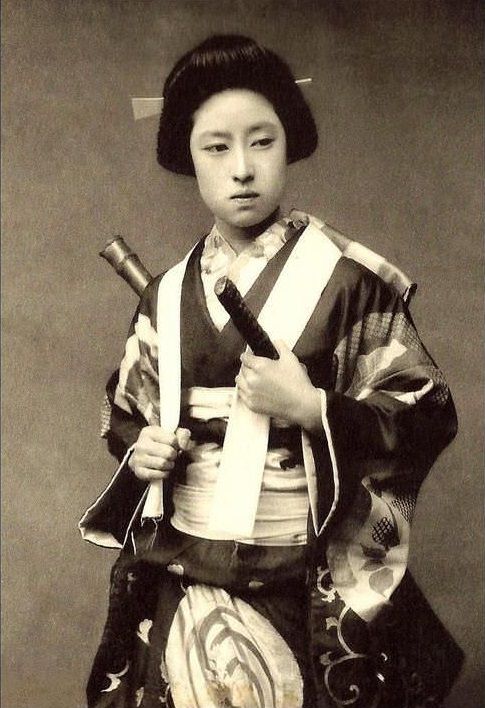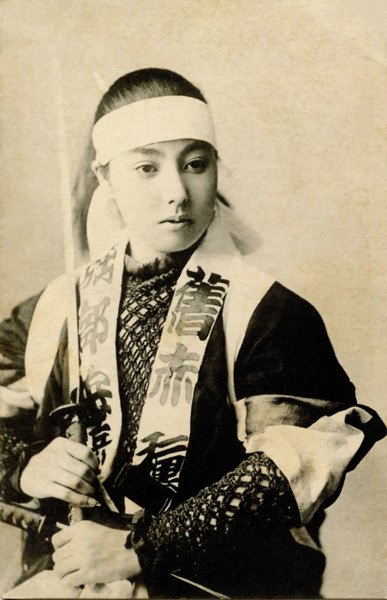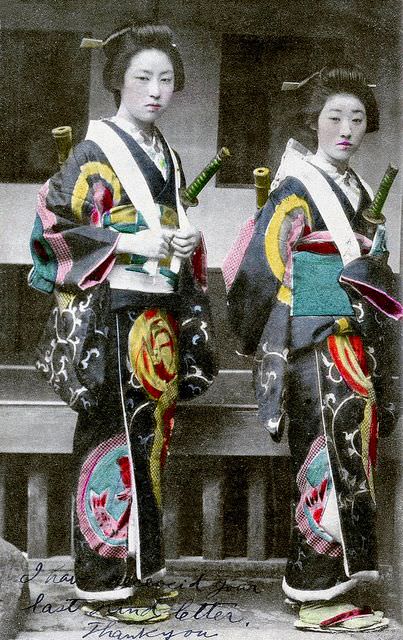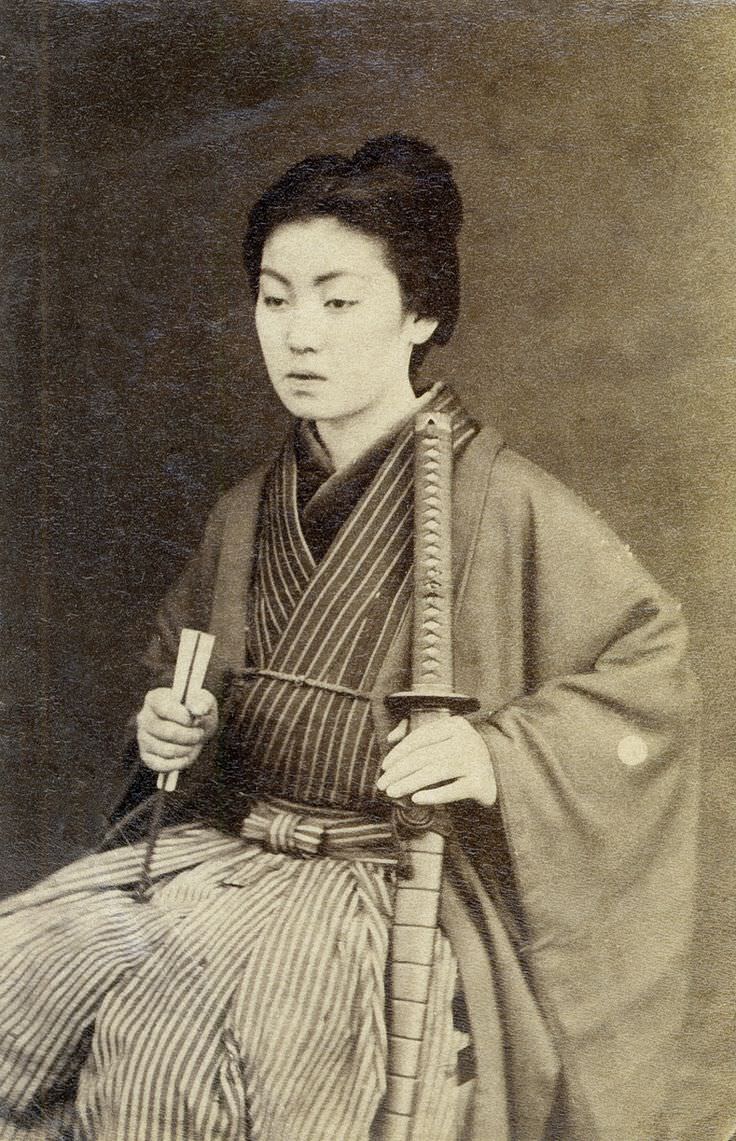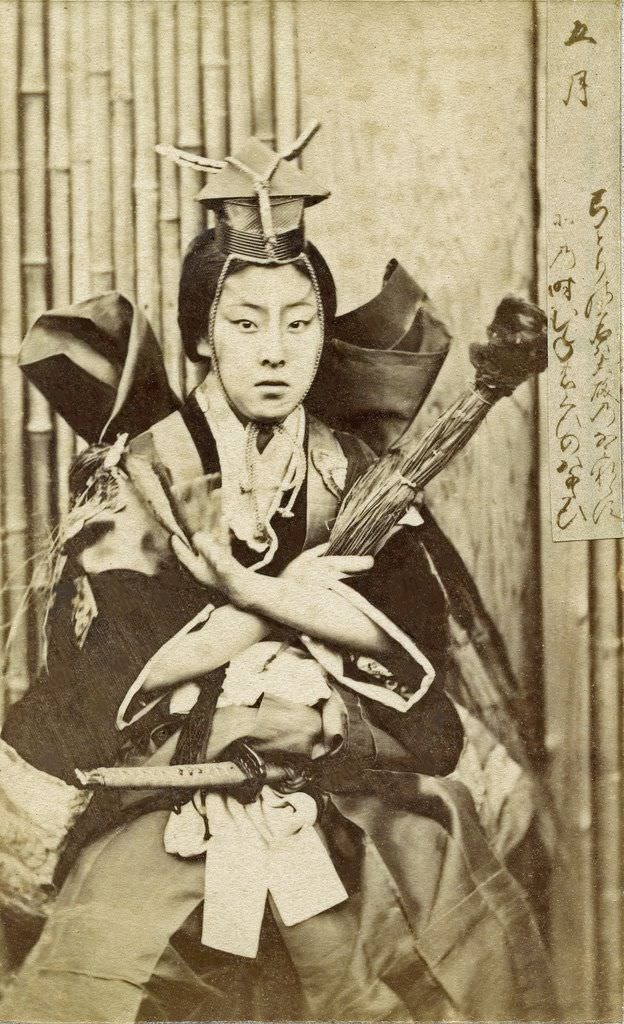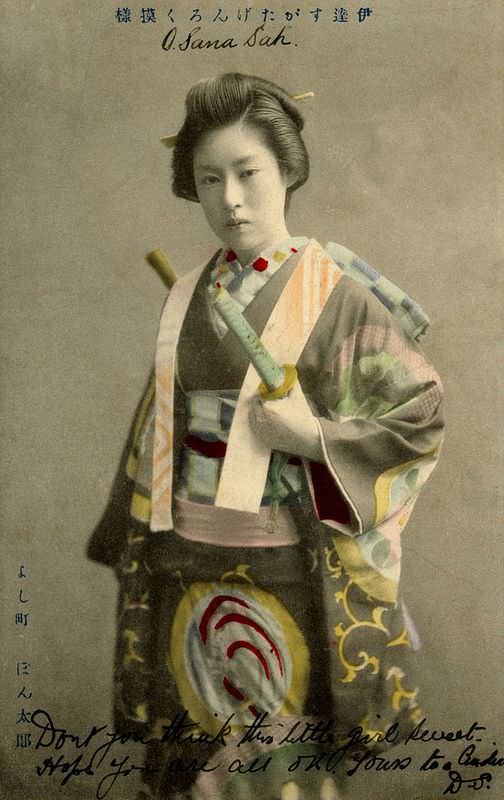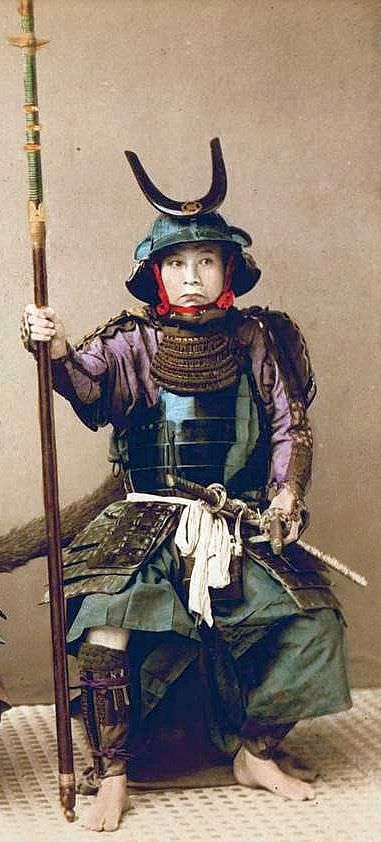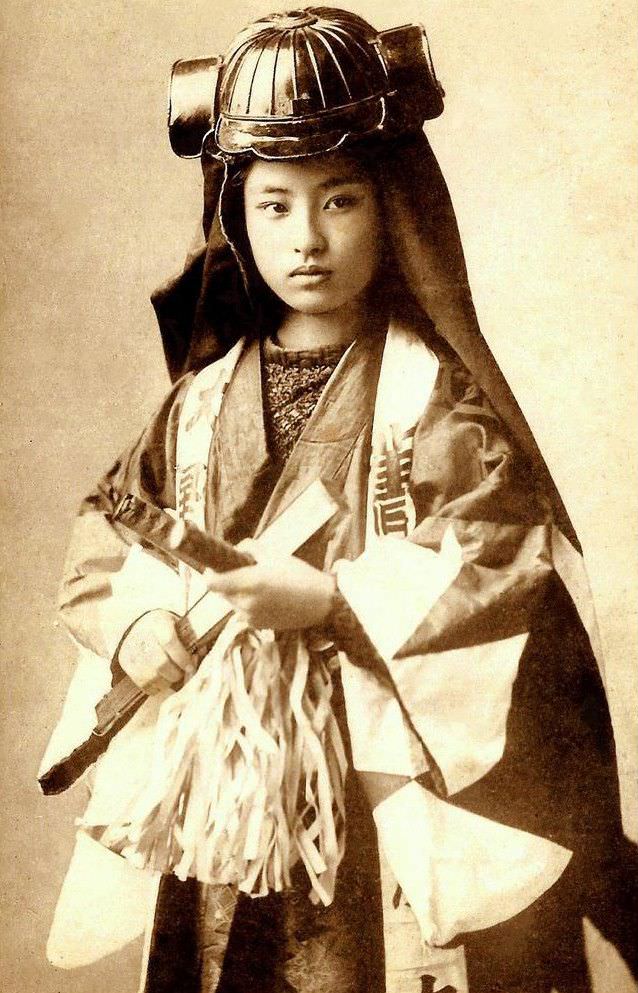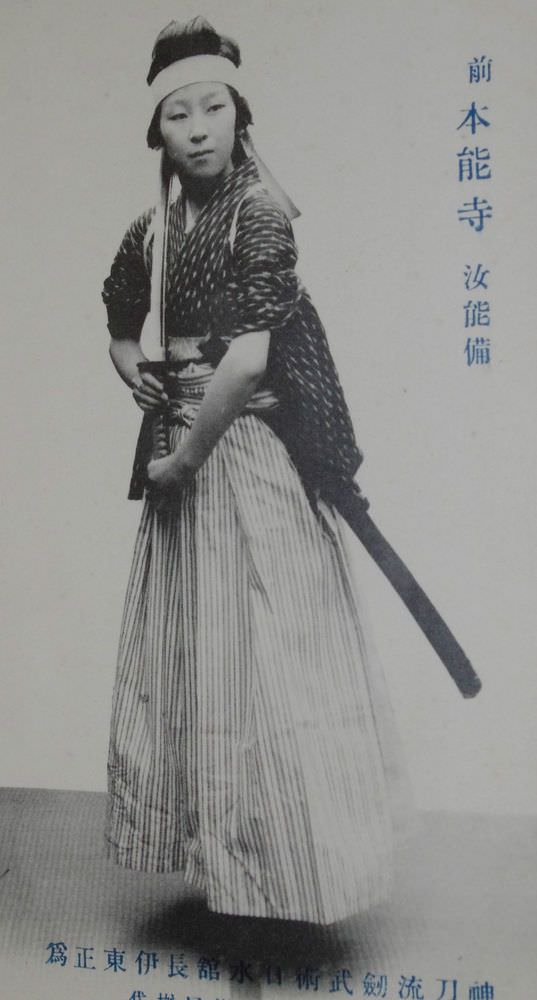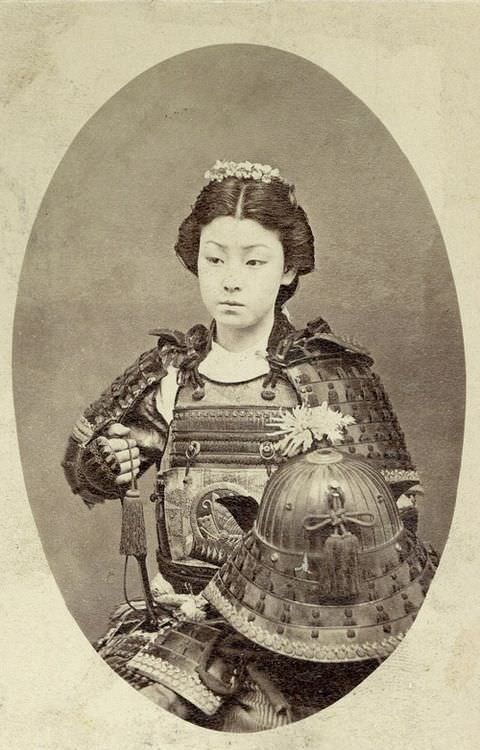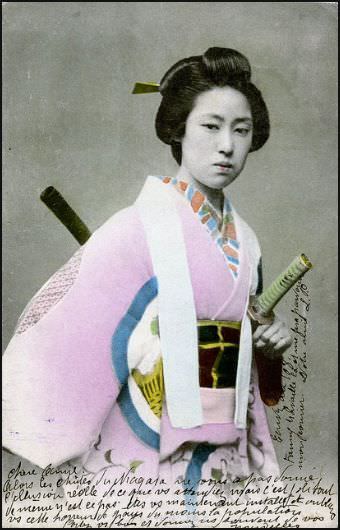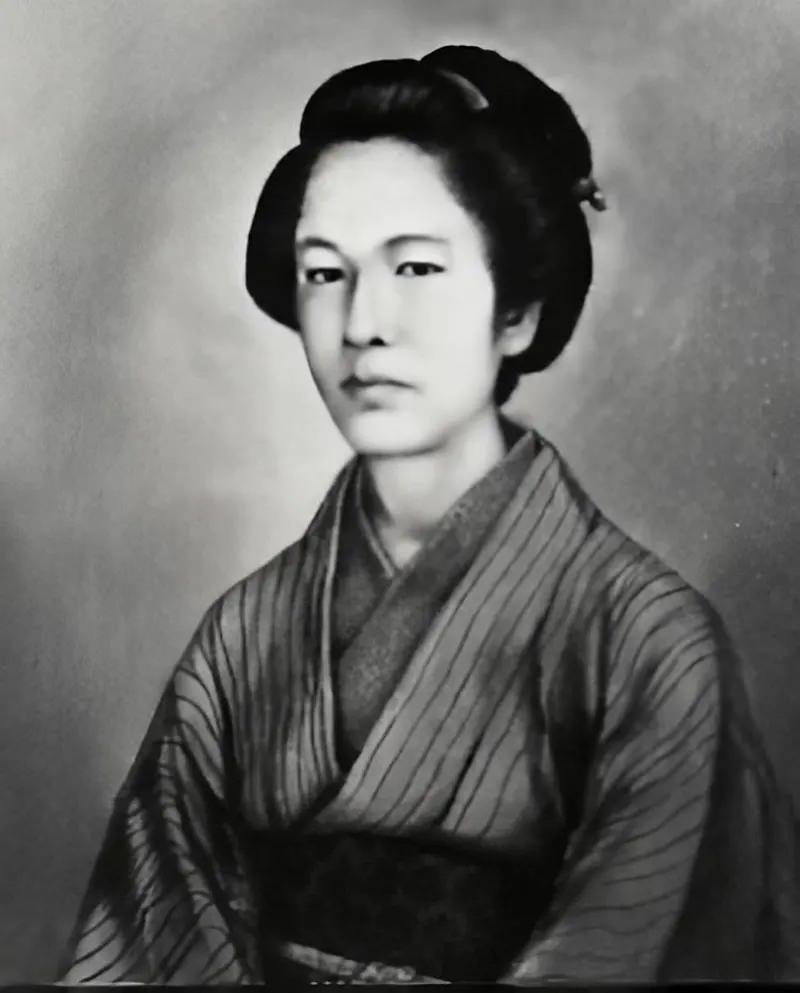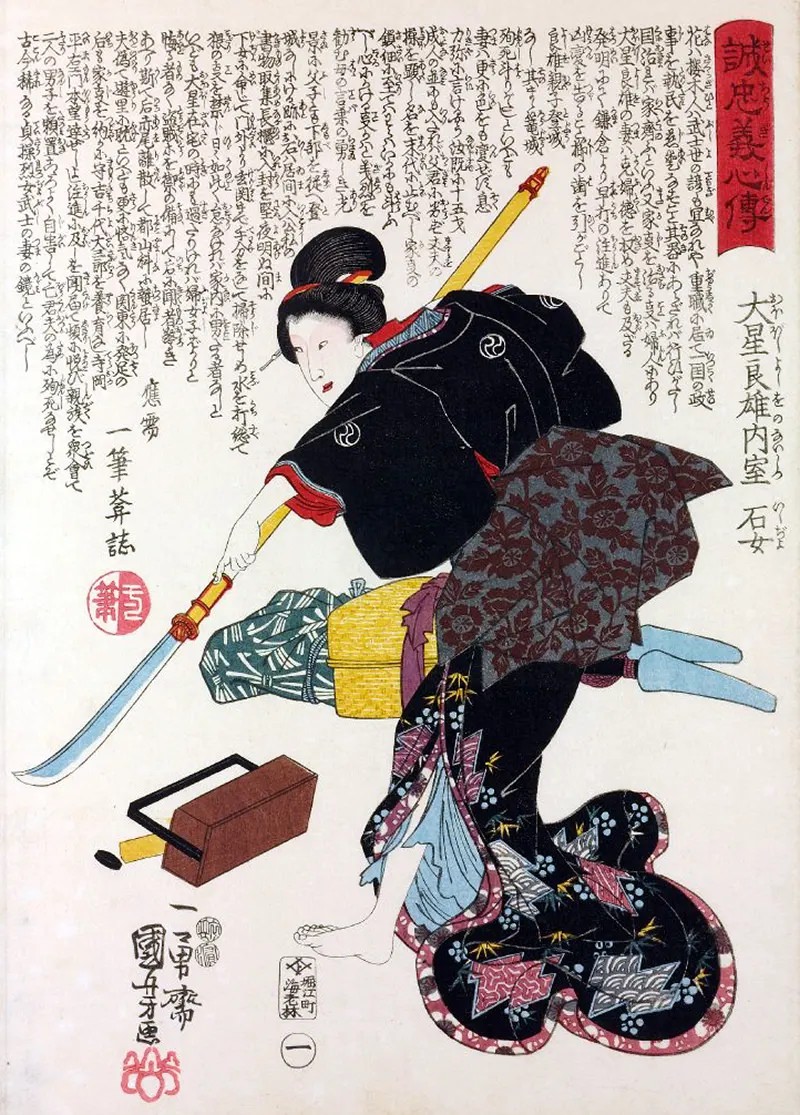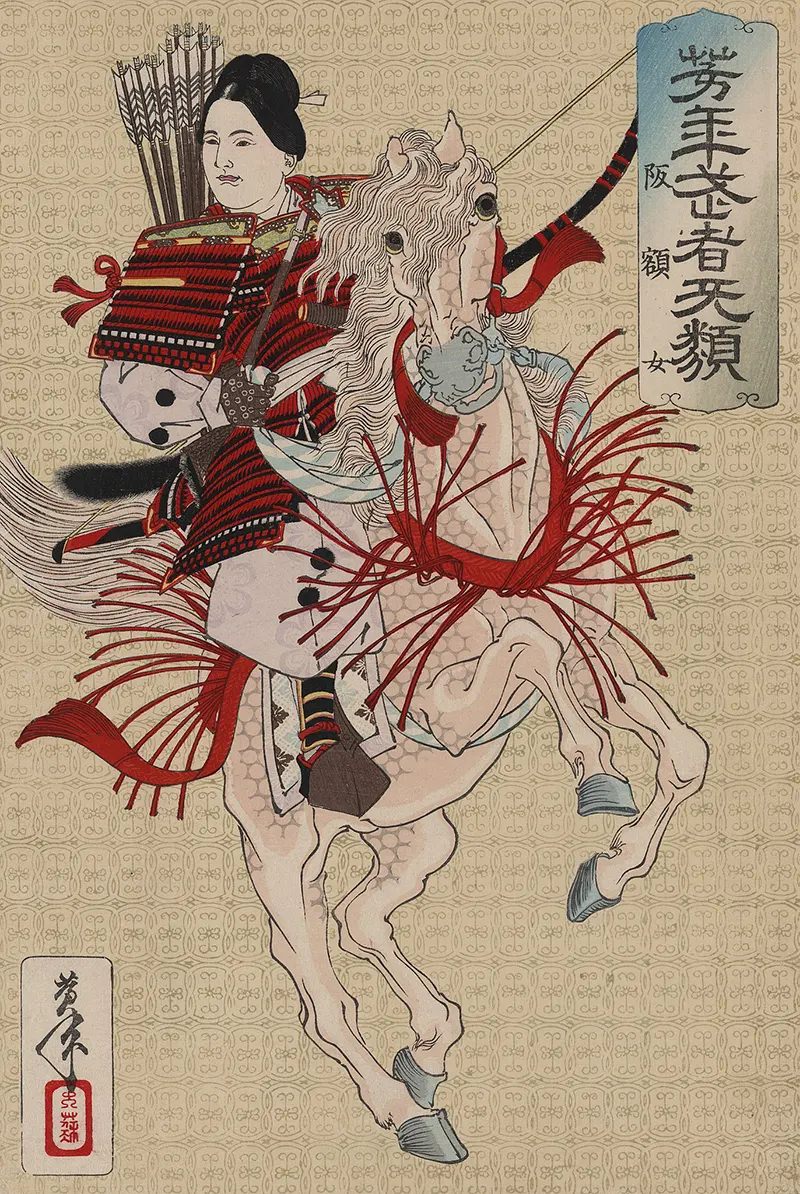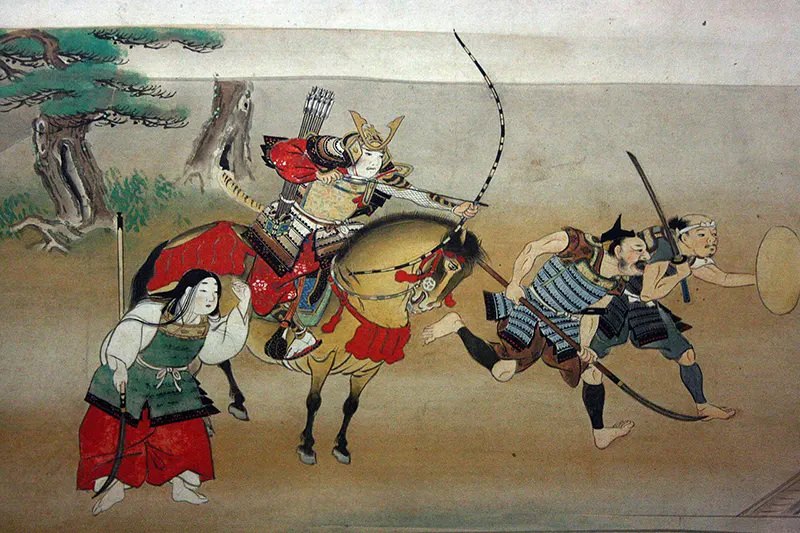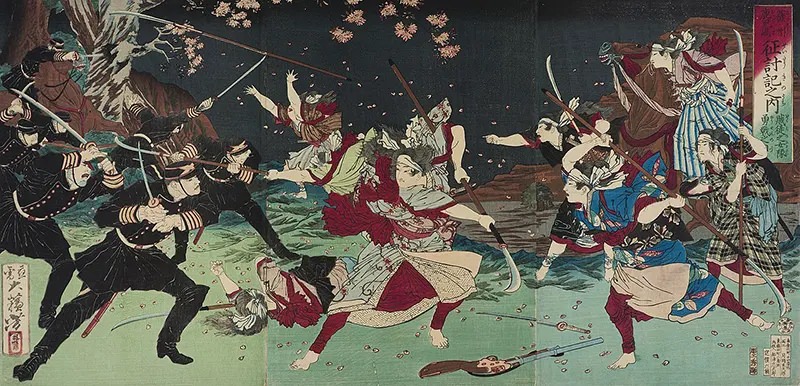Female samurai warriors, also known as onna-bugeisha, were women who trained in martial arts and fought in feudal Japan alongside male samurai warriors. They were typically daughters or wives of samurai and were trained in using weapons such as the naginata (a type of spear) and the yari (a type of spear). They were also trained in traditional Japanese martial arts such as jujutsu and kenjutsu. In addition to their martial skills, female samurai warriors were also expected to possess a high level of cultural knowledge and refinement. They were educated in literature, poetry, and the arts and were expected to be able to converse intelligently on a wide range of topics. They were also expected to possess a strong sense of loyalty and duty to their families and communities.
The most famous female samurai warriors were Tomoe Gozen and Nakano Takeko. They are known for their participation in battles and their leadership roles. Tomoe Gozen, who lived in the 12th Century, was known for her exceptional skill with a sword and was said to have led her troops into battle. Nakano Takeko, who lived in the 19th Century, was a leader of the all-female unit known as the “Aizu Bugeisha” and was killed in battle at the age of 21.
Female samurai warriors were also depicted in art and literature, and their stories continue to inspire people today. Although their role in history was limited compared to their male counterparts, female samurai warriors played an important role in shaping Japanese society and culture, and their legacy lives on today.
Although the role of female samurai warriors was not as prominent as that of their male counterparts, they played an essential role in defending their homes and communities during times of war. They also served as leaders of their local communities and were respected for their skills and abilities.
During the Edo period (1603-1868), the role of female samurai warriors diminished as the society became more peaceful and the focus of the samurai shifted from military to administrative duties. However, some women continued to practice martial arts and train in the use of weapons in secret.
Today, the legacy of female samurai warriors lives on through the study and practice of traditional martial arts such as naginata and kenjutsu, which are still practiced by women in Japan and around the world.


